Have you ever caught your cat staring at you with those mysterious, soulful eyes, and wondered what’s going on inside their head? Cats have a reputation for being aloof and independent, but the truth is so much more fascinating, and honestly, a bit surprising. Beneath that soft fur and those silent paws, cats harbor a rich world of emotions and an uncanny sense of timing that seems almost magical. Whether you’re a lifelong cat parent or just starting to notice the little quirks of your feline friend, you’re about to discover just how deep the emotional waters of our cats really run. Let’s unravel the secrets together—prepare to be amazed, amused, and maybe even a little moved by the true emotional lives of cats.
Cats Sense Human Emotions Like Tiny Furry Empaths

It might sound too good to be true, but cats really do pick up on your emotional state. Have you ever noticed your cat curling up next to you when you’re feeling down? That’s no coincidence. Cats are highly attuned to subtle changes in your voice, body language, and energy. They sense when you’re stressed, anxious, or happy, and will often adjust their own behavior to match or complement your mood. Some scientists believe this empathy evolved because cats have lived alongside humans for thousands of years. Like little emotional sponges, they learn to read the room and respond in kind, offering comfort or gentle distraction. This deep emotional timing means your cat isn’t just a pet, but a kind of silent therapist, quietly supporting you in ways you rarely notice.
The Subtle Art of Cat Affection Timing

Unlike dogs, who might smother you with affection at any time, cats are masters of timing. They seem to know the exact moment you need a gentle headbutt or a soft purr. This isn’t random; it’s a carefully tuned response to your daily rhythms. Cats often wait until you’re relaxing, perhaps after a long day or during a quiet evening, before seeking your attention. They seem to sense when you’re most receptive to their love. Some say it’s almost as if cats have an internal emotional clock, scheduling their affection for maximum impact. It’s this subtle, respectful approach that makes cat affection feel so special—like a perfectly timed hug from a friend who just gets you.
The Mysterious Cat Stare: A Window Into Their Soul

We’ve all experienced that intense, unwavering cat stare. It’s like they’re peering right into your soul, right? This isn’t just random behavior. When cats fixate their gaze on you, they’re often communicating trust, curiosity, or even concern. The long, slow blink—sometimes called a “cat kiss”—is a powerful gesture of affection and emotional timing. Cats will often do this when they feel safe and content, inviting you to return the gesture. Next time your cat locks eyes with you, try blinking slowly back. You might just feel a little emotional electricity pass between you. It’s a silent conversation, timed perfectly, that says more than words ever could.
Mealtime: Not Just About Food, But Emotional Rituals
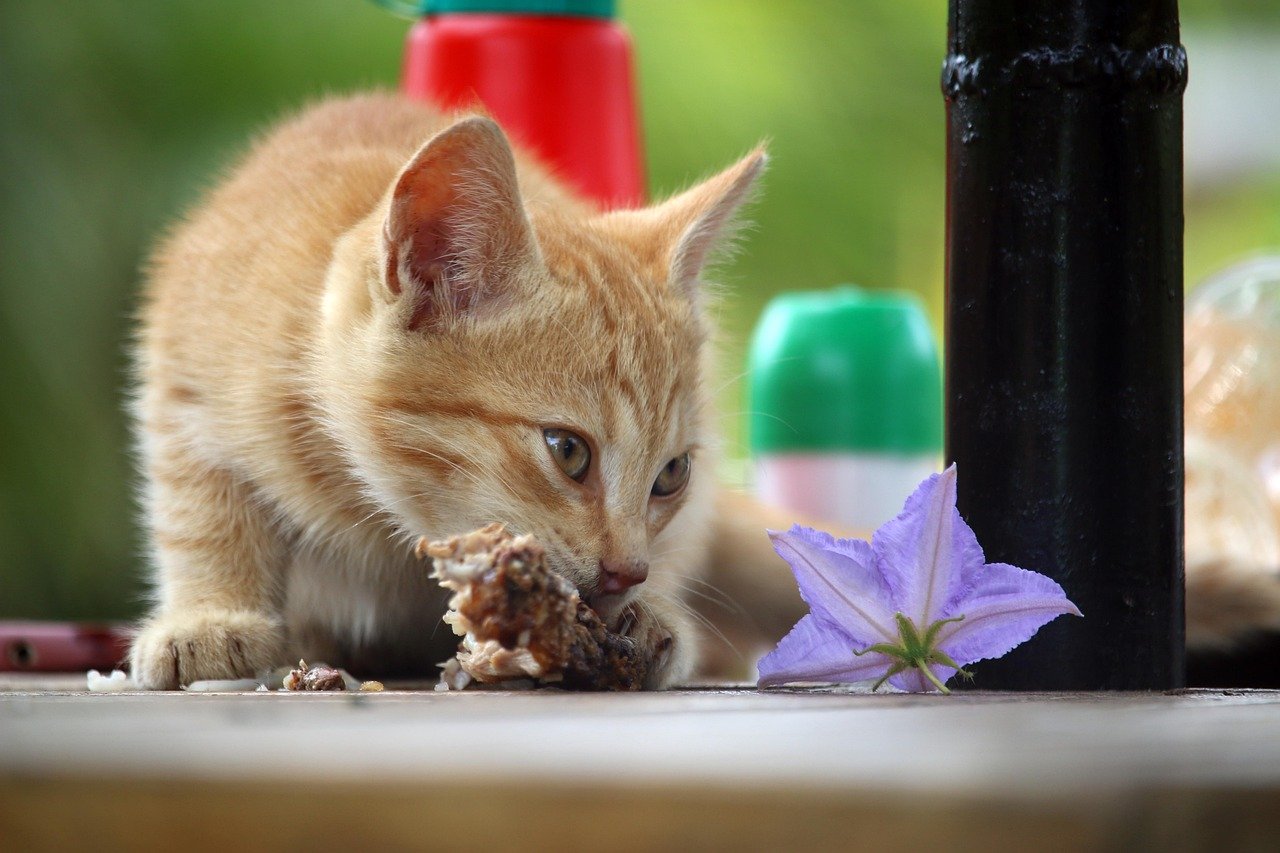
Most cat owners know the drill—miss dinner by five minutes and your cat will let you know. But there’s more to this than just hunger. Cats thrive on routine, and mealtime becomes an emotional anchor in their day. The anticipation, the watching, the gentle reminders—they’re all part of a larger ritual that creates emotional security. Sharing these moments at the same time each day builds trust and a sense of belonging. It’s not just about filling the bowl; it’s about reinforcing a connection, one meal at a time. This timing is their way of saying, “We’re in this together.”
Purring: The Melody of Emotional Synchronization
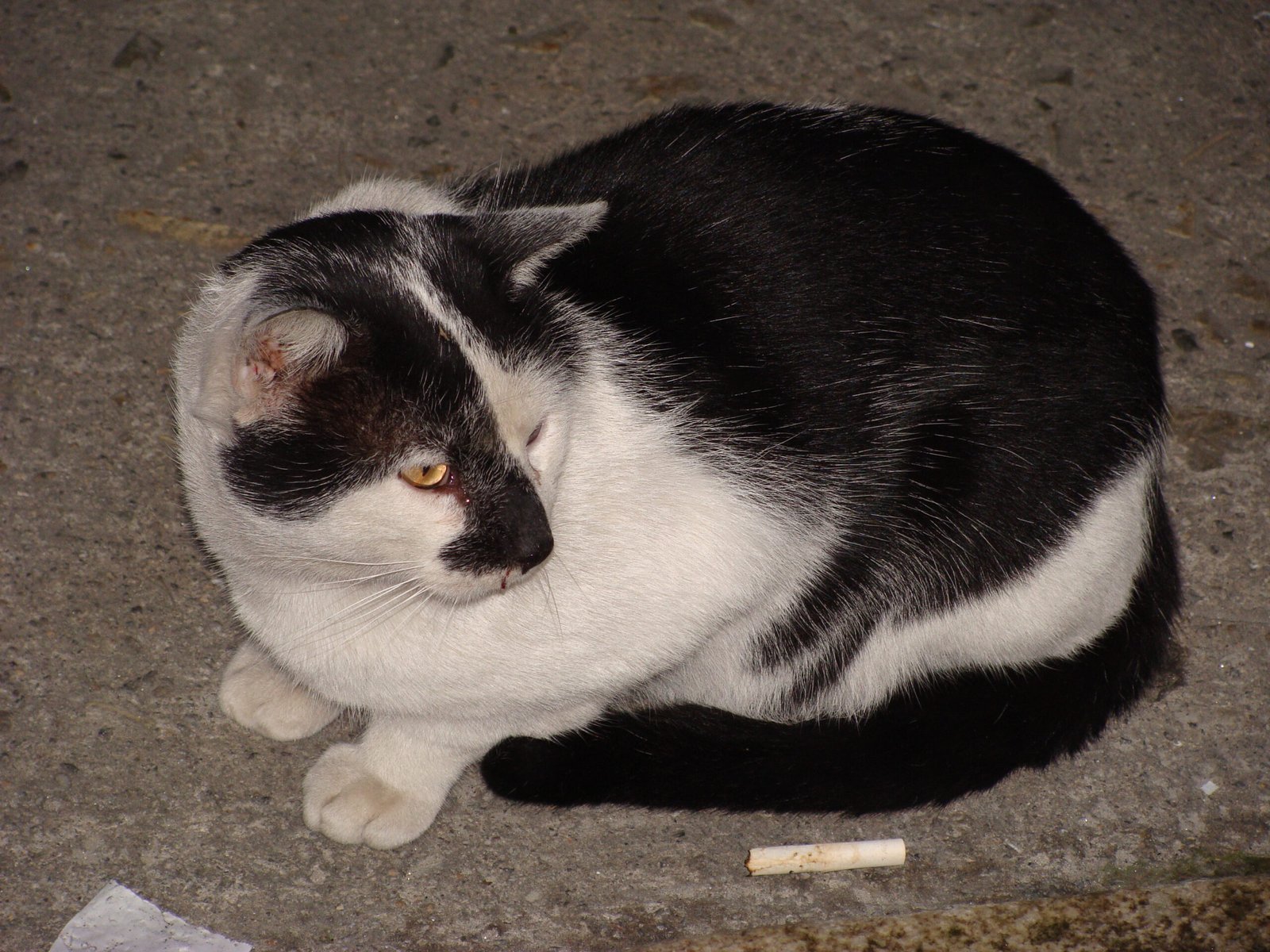
A cat’s purr is like a soothing song, perfectly timed to calm your nerves or brighten your mood. What’s incredible is how cats seem to know exactly when to turn on their purr engine. Many will nestle beside you and start purring when you’re resting, unwell, or feeling lonely. The vibrations aren’t just comforting—they can actually reduce stress for both you and the cat. Some researchers even think purring helps heal bones and tissues, as if cats are offering you a little dose of magic just when you need it most. This timing isn’t accidental; it’s emotional attunement at its finest.
The Midnight Zoomies: Timing Wildness to Your Sleep
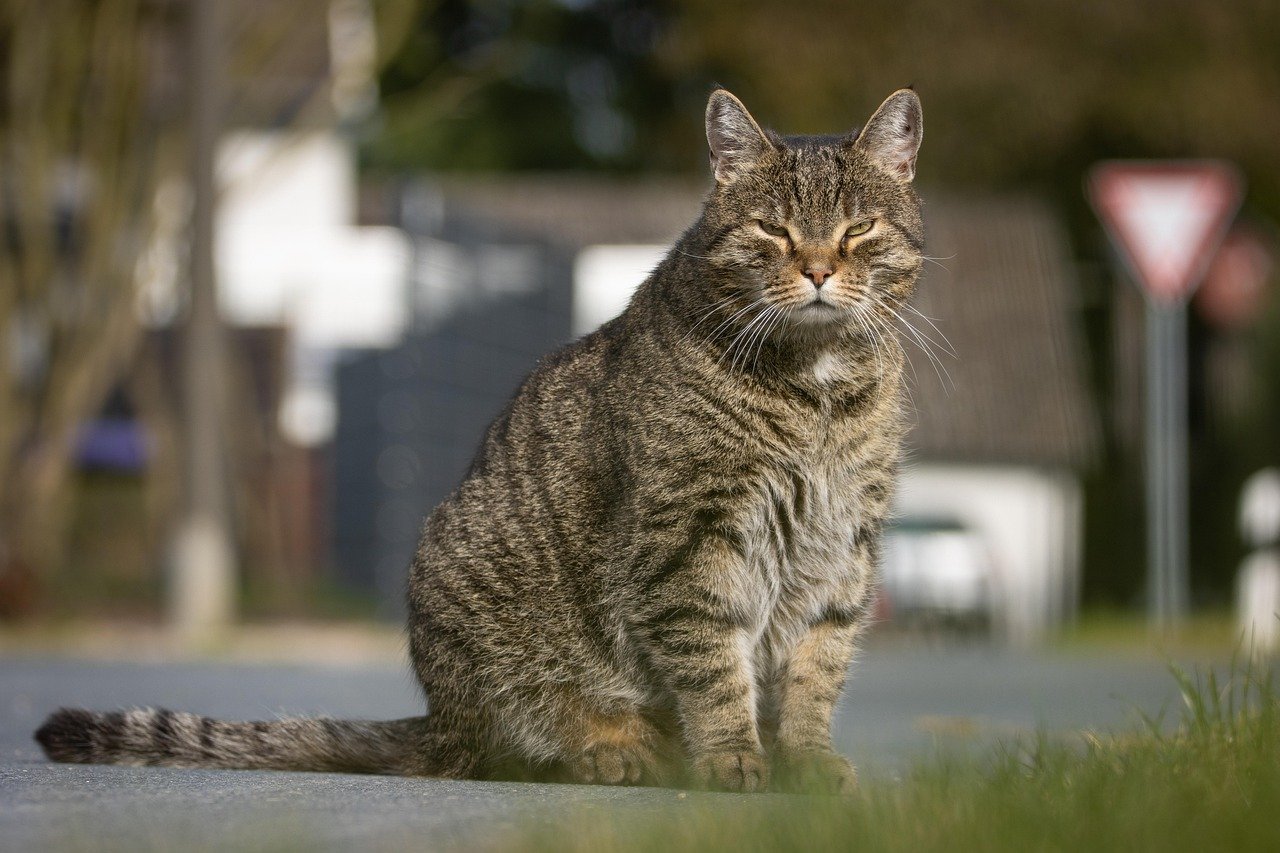
Just when you’re drifting off to sleep, your cat decides it’s party time. The infamous midnight zoomies might seem random, but there’s actually a method to this madness. Cats are crepuscular, meaning they’re naturally more active at dawn and dusk. But over time, many cats adjust their wild bursts to coincide with when you’re least active—often late at night. It’s as if they sense your downtime and seize the opportunity to let loose. This quirky timing can be hilarious, if slightly inconvenient, reminding us that our cats experience their own emotional highs and lows, often in sync with our household rhythms.
Comfort After Chaos: Cats as Calming Presences

After a loud argument, a stressful phone call, or even a thunderstorm, many cats will quietly appear by your side. They seem to know when the emotional atmosphere is charged and instinctively offer comfort. This isn’t just luck—cats are sensitive to vibrations, sounds, and energy shifts in their environment. They’ll often sit nearby, purr softly, or nudge you with their head, offering silent support just when you need it most. It’s as if they’re saying, “I’m here for you,” in their own gentle way, perfectly timed to help you recover from life’s little storms.
The Healing Power of Routine and Ritual

Cats crave routine, and their insistence on certain rituals is more than just habit—it’s a form of emotional regulation. From morning greetings to bedtime cuddles, these daily moments are anchors that create safety and stability. Cats will often initiate these rituals at the same time each day, reinforcing the bond they share with you. This predictable timing helps calm their nerves—and yours too. It’s a powerful reminder that emotional wellness isn’t just about big gestures, but about the small, repeated moments that stitch our days together and make us feel at home.
Jealousy and Timing: Sensing New Additions
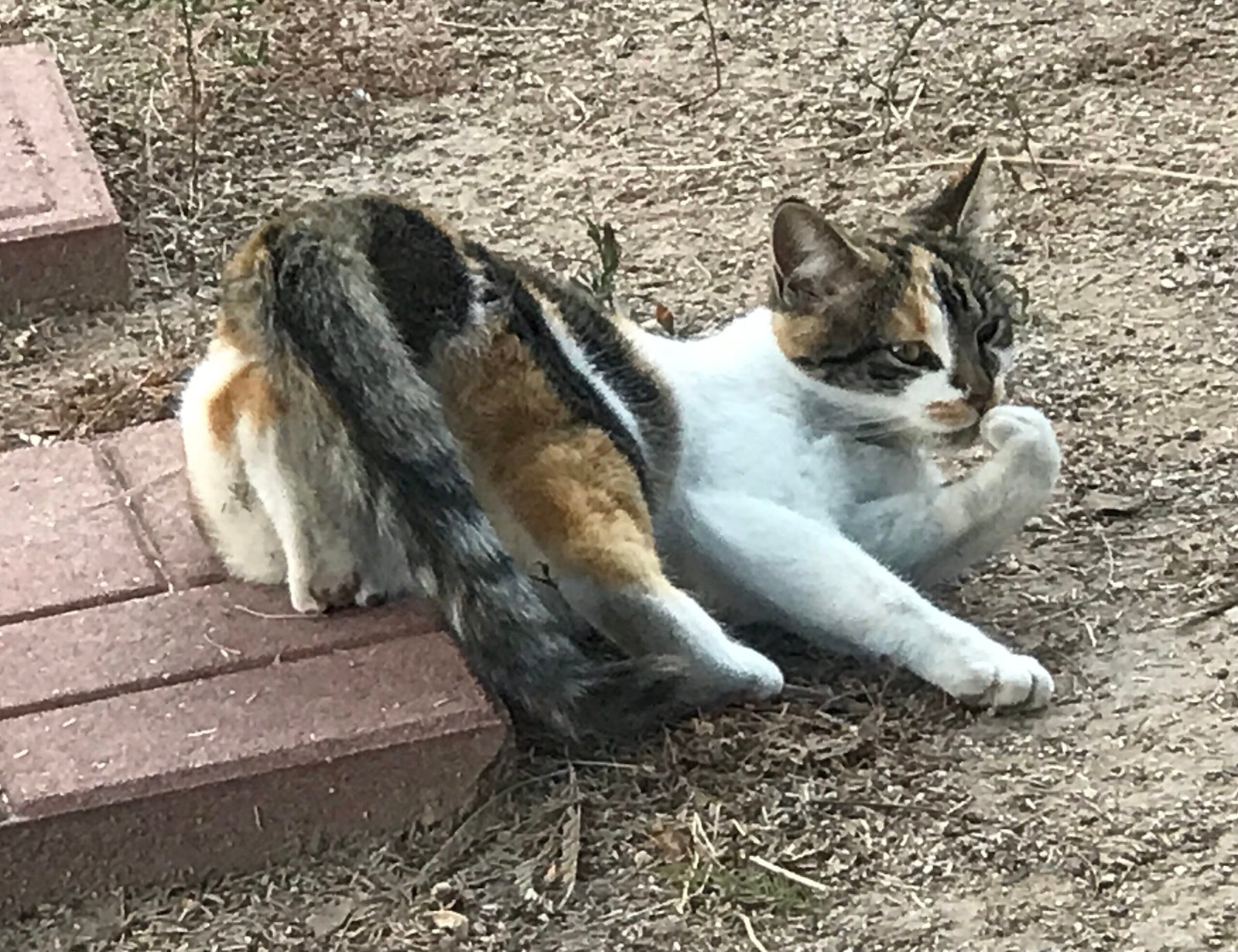
Bring home a new pet or even a friend, and you might notice your cat acting out or seeking more attention. Cats are incredibly sensitive to changes in their social environment and will often time their response to coincide with moments when they feel threatened or left out. They might demand cuddles just as you sit with someone else, or suddenly appear whenever the newcomer is around. This emotional timing is their way of reasserting their place in your world, reminding you (and everyone else) that their bond with you is special and worth protecting.
The Slow Approach: Building Trust on Cat Time
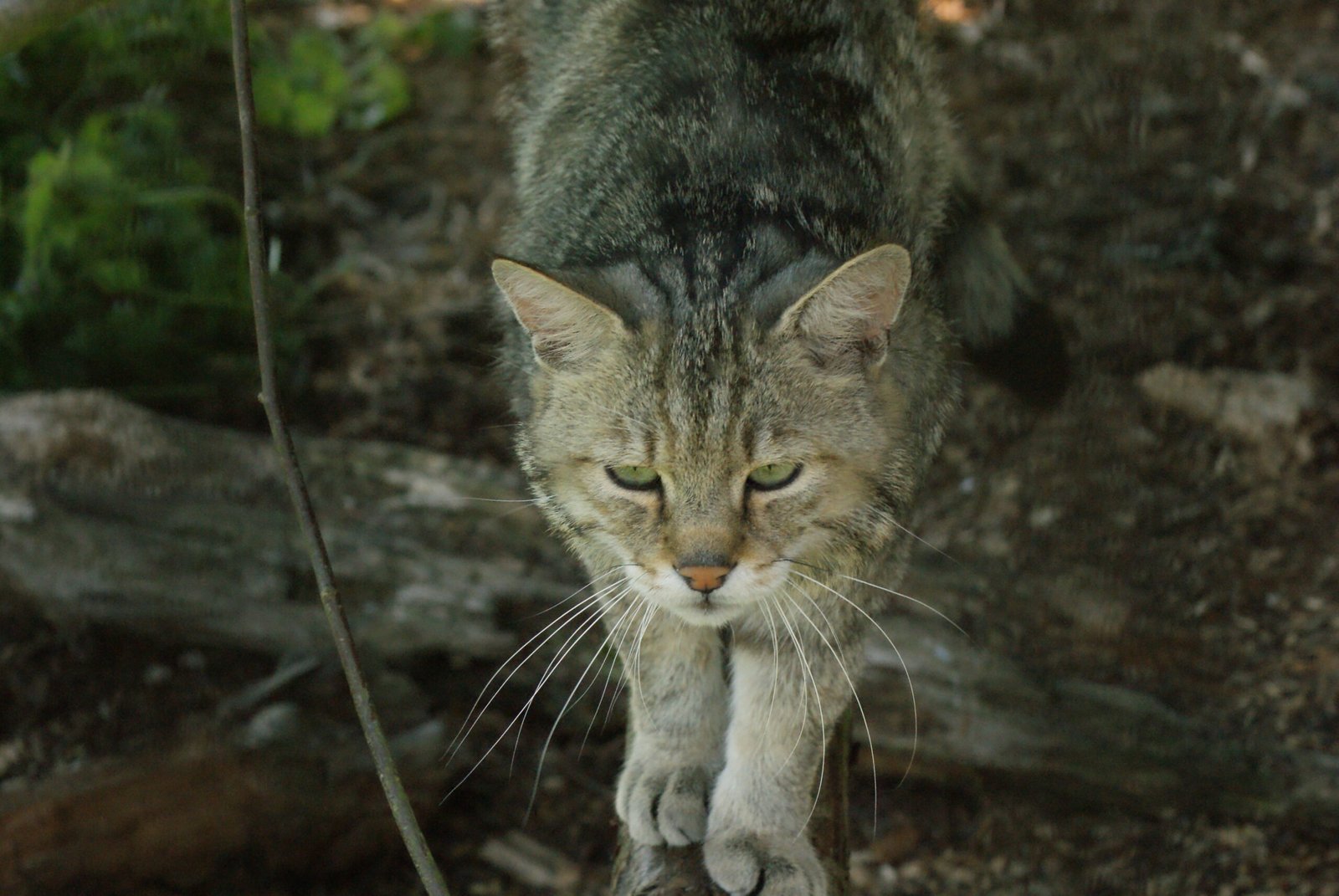
Unlike many animals, cats don’t rush into relationships. Instead, they approach trust slowly and deliberately, often taking weeks or months to fully open up. Their timing is impeccable—they’ll test the waters, watch from a distance, and only come closer when they feel safe. This slow approach isn’t shyness; it’s a careful dance of emotional timing, ensuring that every step is genuine. For cat lovers, this makes those first head rubs or purrs feel like a true victory, earned through patience and respect for the cat’s natural rhythm.
Vocalizations: Talking on Their Own Schedule
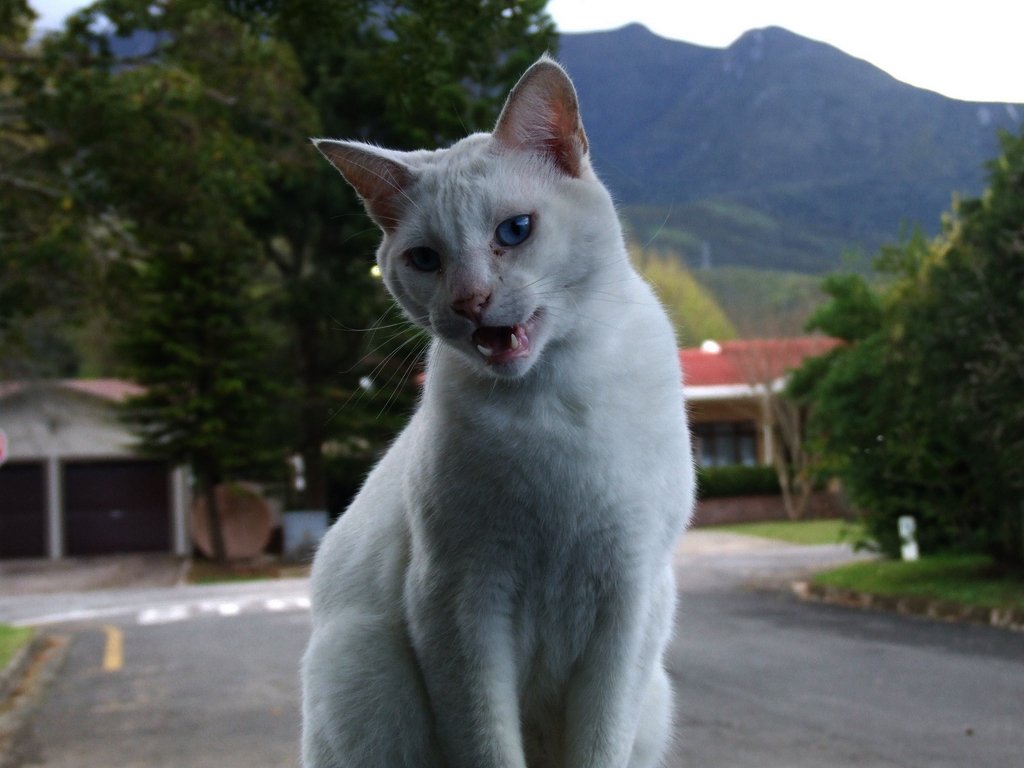
Cats aren’t shy about speaking up—when they decide it’s time. Whether it’s a sharp meow, a casual chirrup, or a plaintive yowl, their vocalizations are carefully timed to get your attention. They know when you’re busy and will often wait until you’re settled before making their requests known. Conversely, some cats become chatty when they sense you’re feeling down or lonely, offering a kind of feline conversation at just the right moment. Their timing isn’t random; it’s a deliberate way of connecting and communicating their needs and emotions.
Playtime Precision: Inviting You Into Their World

Cats aren’t always in the mood to play, but when they are, you’ll know. They’ll bring you a toy, tap you with a paw, or suddenly pounce on your feet. This invitation is often perfectly timed—when you’re relaxed, bored, or looking for a distraction. It’s their way of pulling you into their world, sharing a burst of joy and energy. Playtime isn’t just about exercise; it’s an emotional exchange, a moment of shared happiness that strengthens your bond. Cats seem to know just when a little laughter is needed, making their timing feel almost psychic.
Territory and Timing: Guarding Their Emotional Space

Cats are territorial creatures, and they guard their spaces with a sense of timing that’s hard to ignore. They’ll patrol the house at regular intervals, check their favorite windows, and even time their naps to coincide with moments when the house is quiet. This isn’t just about safety—it’s about emotional control. By managing their territory on their own schedule, cats create a sense of order and predictability. This emotional timing helps them feel secure and in control, which in turn makes them more relaxed and affectionate companions.
Separation Anxiety: Knowing When You’re About to Leave
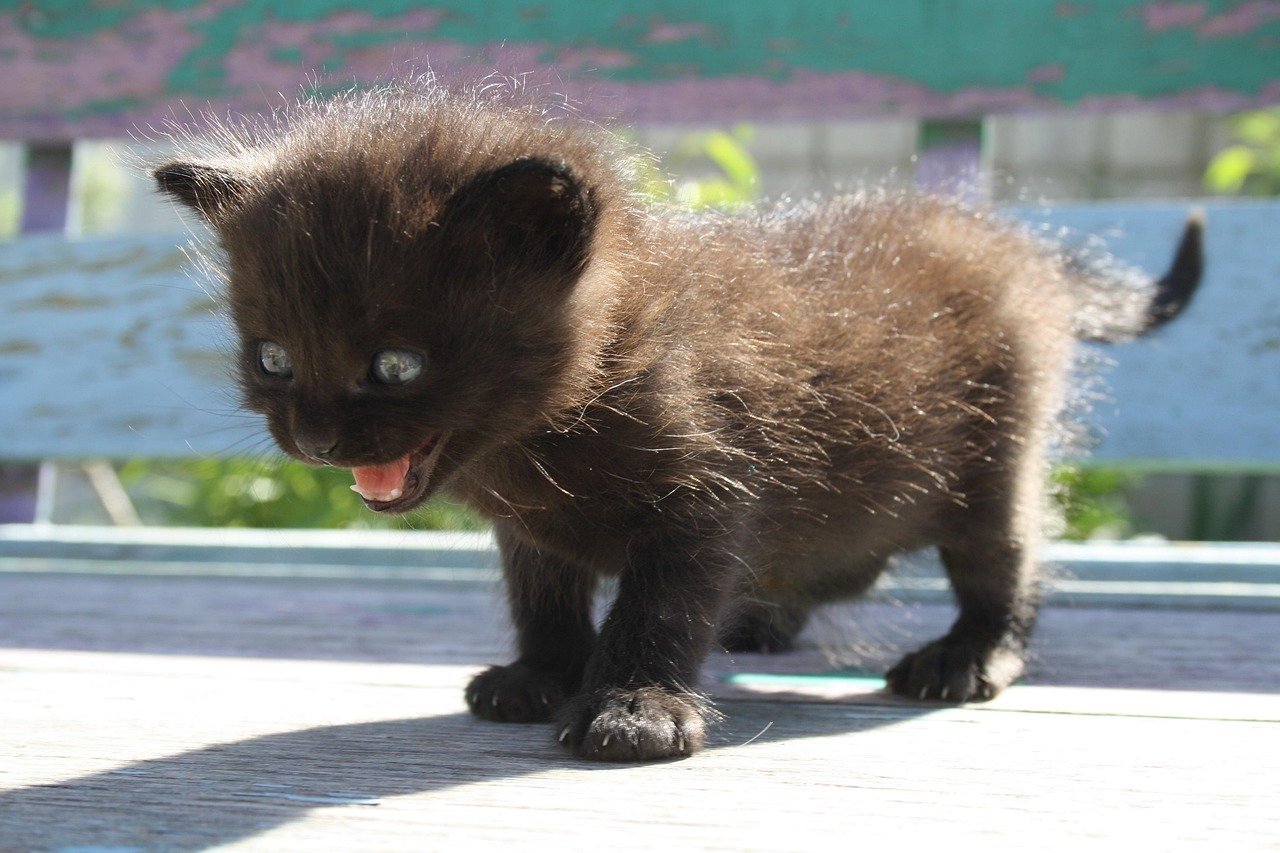
Ever notice your cat acting clingy just as you’re about to head out the door? Cats are incredibly observant, picking up on the smallest cues that signal your departure—like grabbing your keys or putting on your shoes. Their reaction is perfectly timed, often appearing just when you’re about to leave. Some cats will vocalize, follow you from room to room, or sit by the door, expressing their anxiety. This emotional timing is their way of saying they’ll miss you, and they’d much prefer you stayed home. It’s a bittersweet reminder of just how closely your lives are intertwined.
Welcoming You Home: The Joyful Reunion
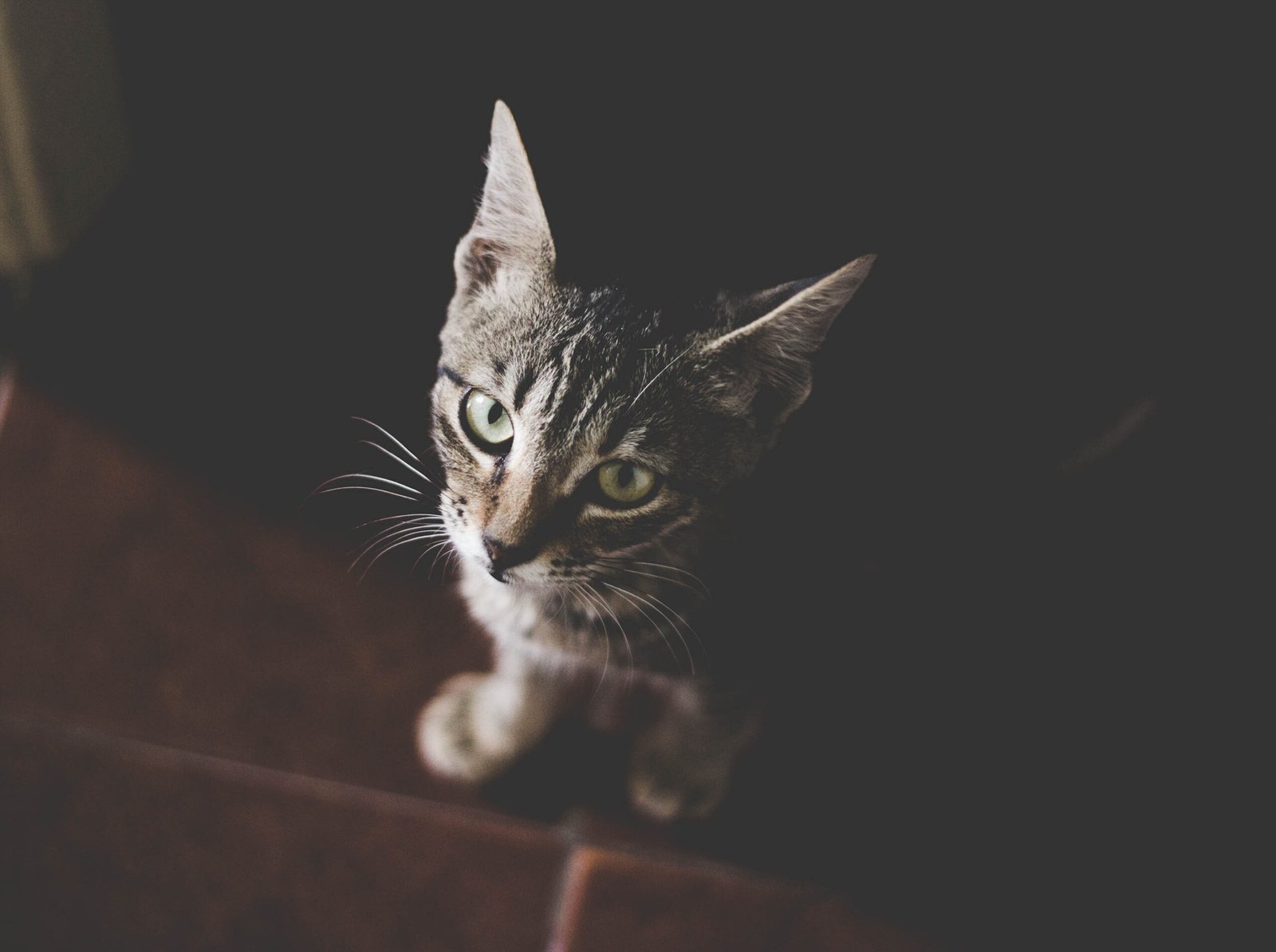
There’s nothing quite like the way a cat greets you at the door after a long day. Some will meow, others will rub against your legs, and a few might even bring you a “gift” (like a sock or toy). This welcome is perfectly timed, as if your cat has been waiting for just this moment to reconnect. It’s their way of saying, “I missed you,” and making sure you know just how important you are in their world. These joyful reunions are more than routine—they’re emotional highlights that reaffirm your unique bond.
Grief and Loss: Cats’ Quiet Timing in Sadness
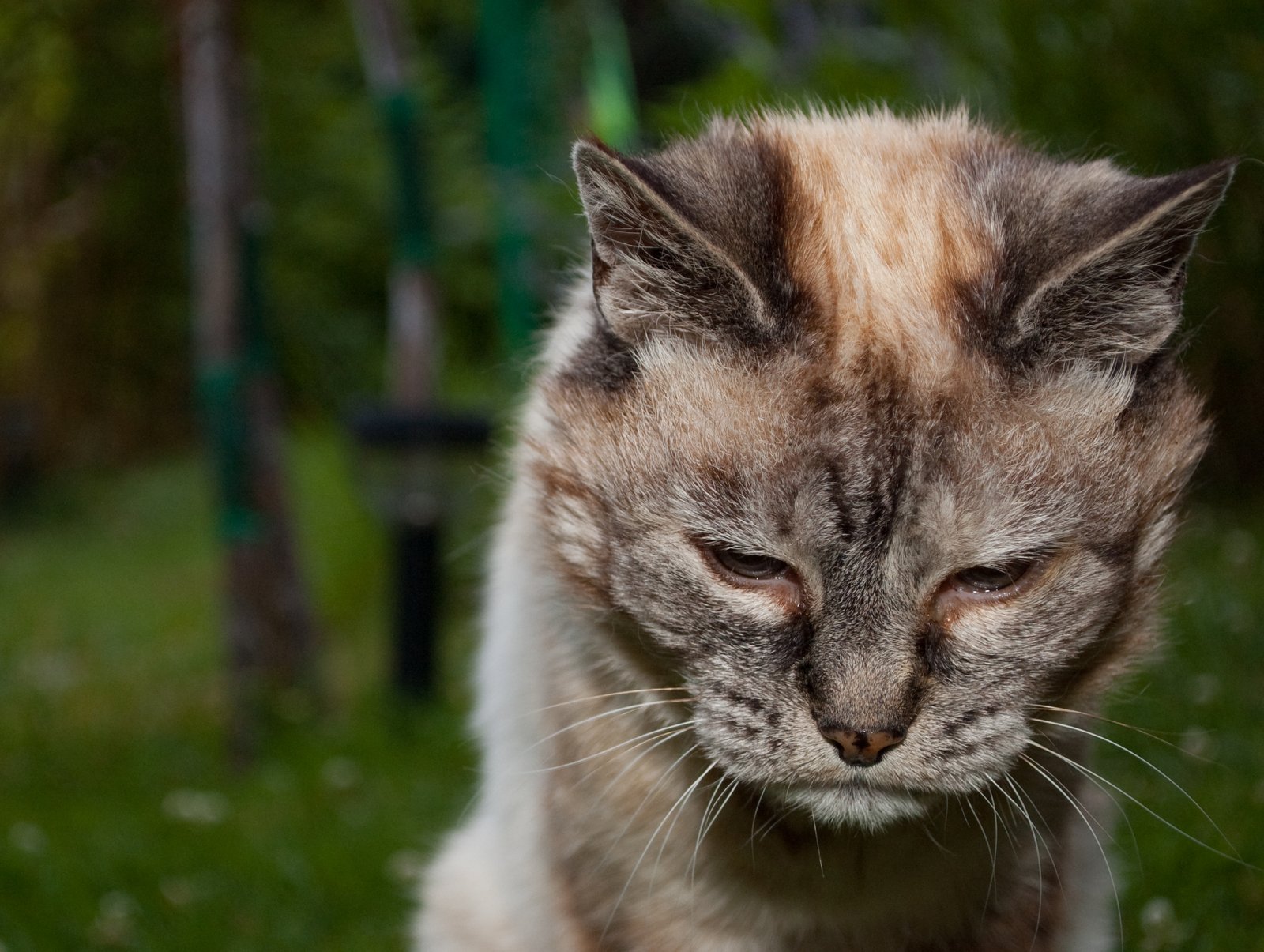
Cats feel loss deeply, whether it’s a change in their family, the absence of a friend, or the passing of another pet. Their reaction is often quiet, but perfectly timed—they might withdraw, seek extra comfort, or sit in a special spot associated with the lost companion. This emotional timing speaks volumes, as cats process grief at their own pace, often mirroring the sadness of those around them. It’s a silent, shared mourning that connects you and your cat in a profound, wordless way.
Kneading: A Comforting Throwback to Kittenhood
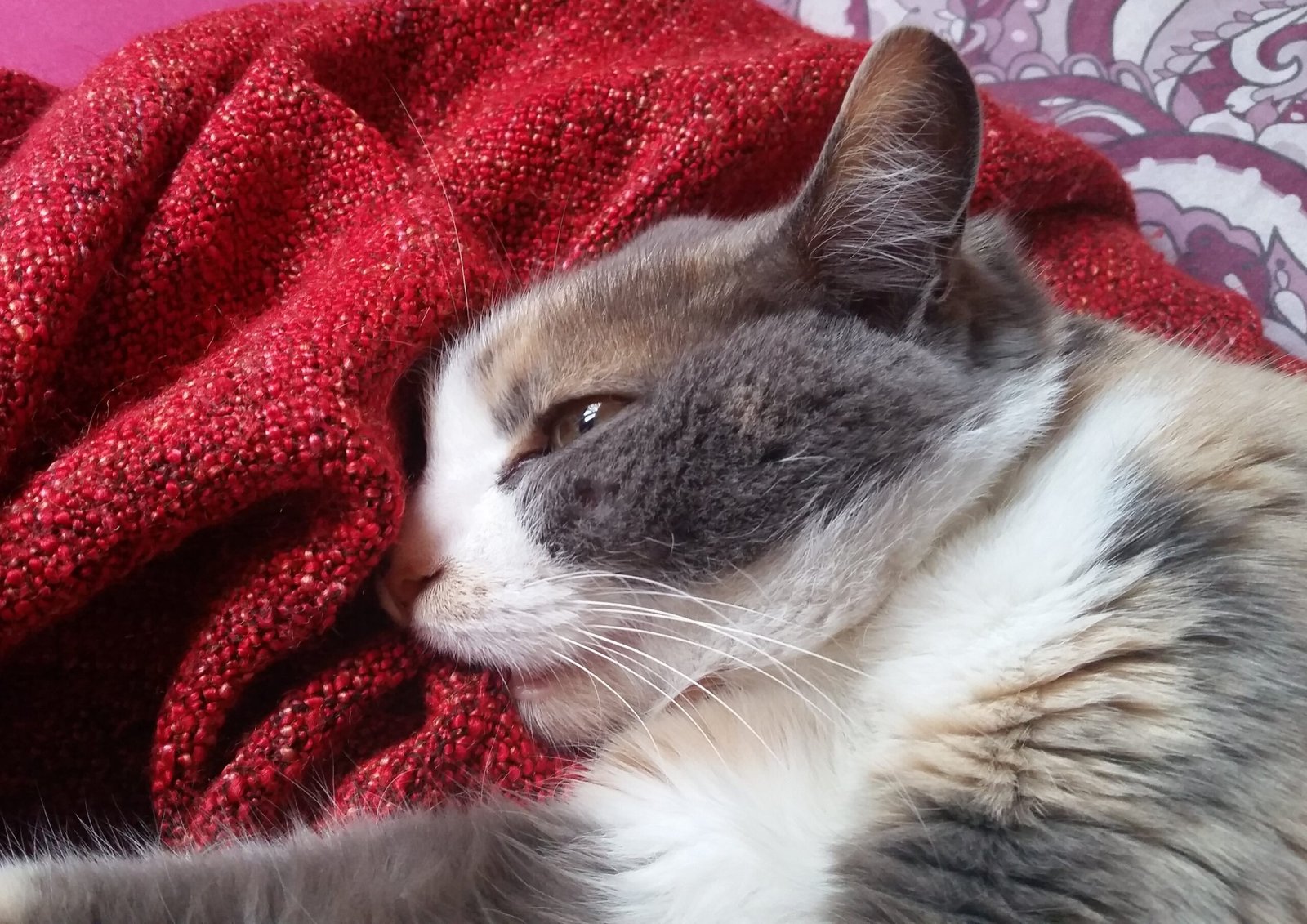
If your cat kneads your lap with their paws, you’re witnessing a deeply emotional act, perfectly timed for moments of contentment. This behavior harks back to kittenhood, when kneading their mother’s belly brought comfort and nourishment. Adult cats repeat this gesture when they feel safe, loved, and at peace. The timing is always just right—during cuddles, naps, or when you’re relaxing on the couch. It’s a living memory, a tactile way of expressing trust and happiness, shared only with those they truly care about.
Introducing New Routines: Navigating Change with Care

Cats aren’t fans of sudden change, but their emotional timing helps them adapt—slowly and on their own terms. When you introduce a new routine, like a different feeding schedule or a new family member, your cat might watch and wait before joining in. They’ll test the waters, observe your reactions, and only participate when they feel ready. This careful timing helps them integrate changes in a way that feels safe and manageable, proving that emotional intelligence isn’t just for humans.
Subtle Signals: Communication Beyond Words
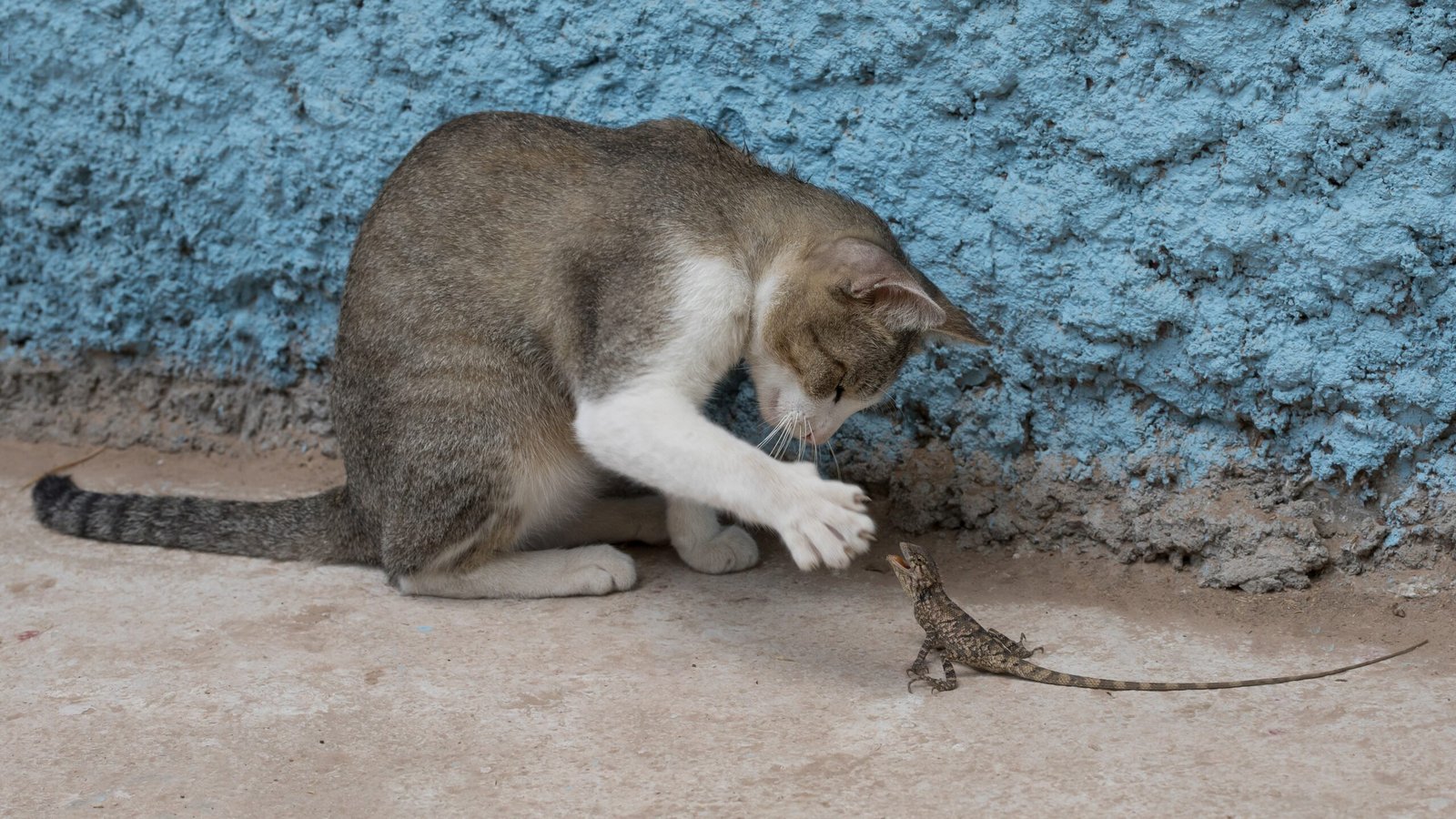
Cats are masters of nonverbal communication, using subtle signals—like tail flicks, ear positions, and body posture—to express their feelings. The timing of these signals is everything. A twitchy tail during a tense moment, or a gentle head bump just when you need reassurance, are perfectly choreographed to convey their emotional state. Learning to read these cues can deepen your bond, allowing you to respond in sync with your cat’s feelings. It’s a silent language, spoken with impeccable timing, that brings you closer together.
Growing Old Together: The Wisdom of Shared Time
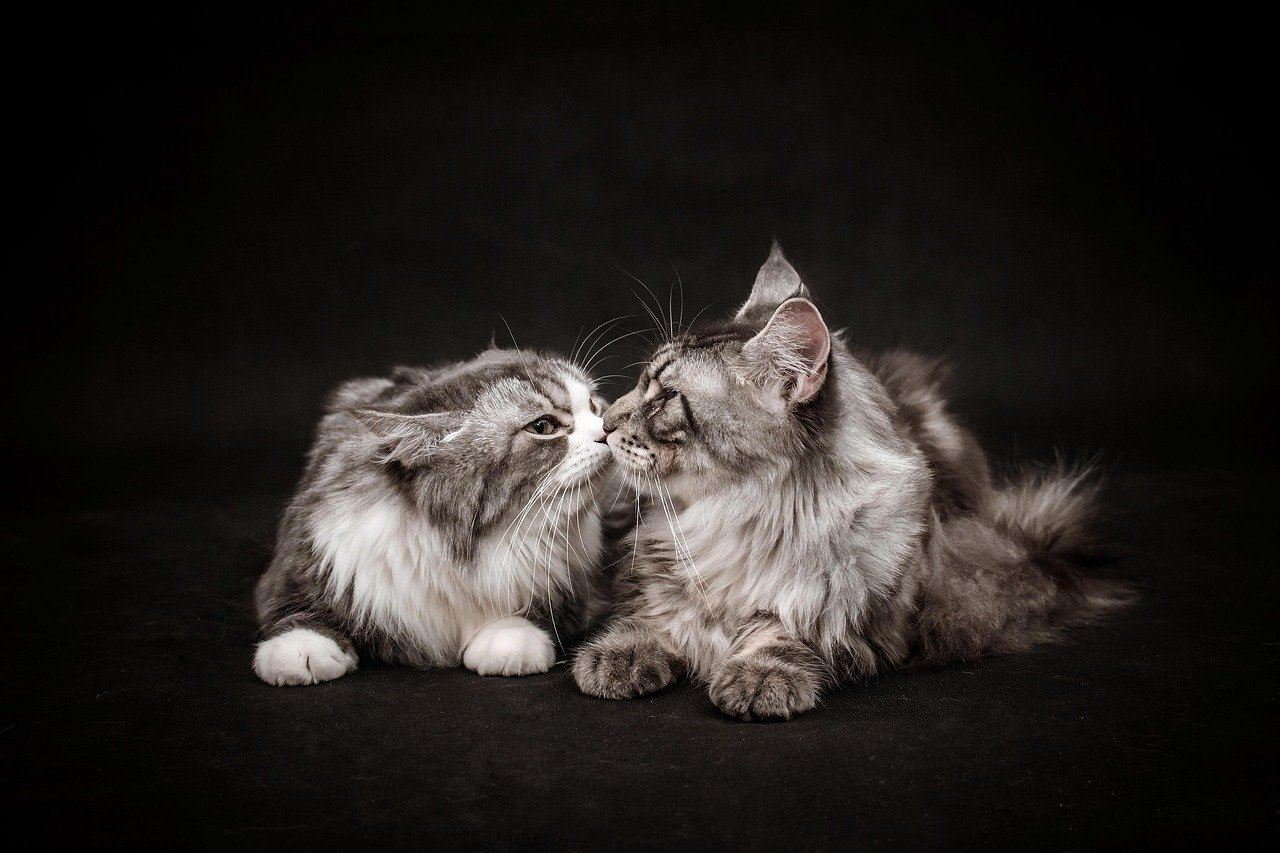
As cats age, their sense of emotional timing only grows deeper. Older cats often develop new routines, seeking comfort and companionship in ways that feel more meaningful and deliberate. They might spend more time by your side, choose quieter moments for affection, and offer gentle reminders of the years you’ve shared. This stage of life is marked by a slow, steady rhythm—a testament to the enduring emotional connection between cat and human. Sharing these golden years, you come to appreciate the beauty of time spent together, and the silent, loving signals that have always been there.
Final Reflections on Feline Emotional Timing

Cats are much more than mysterious, solitary creatures. Their lives are woven with deep emotions and an extraordinary sense of timing, allowing them to tune into our feelings, routines, and rhythms in ways that often go unnoticed. From the gentle purr at just the right moment to the playful invitation when you need a lift, cats are quietly, almost invisibly, supporting us every day. Their emotional timing transforms ordinary moments into something magical, reminding us that the truest connections are sometimes the quietest.
Hi, I’m Bola, a passionate writer and creative strategist with a knack for crafting compelling content that educates, inspires, and connects. Over the years, I’ve honed my skills across various writing fields, including content creation, copywriting, online course development, and video scriptwriting.
When I’m not at my desk, you’ll find me exploring new ideas, reading books, or brainstorming creative ways to solve challenges. I believe that words have the power to transform, and I’m here to help you leverage that power for success.
Thanks for stopping by, Keep coming to this website to checkout new articles form me. You’d always love it!






